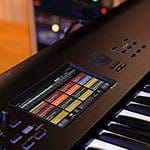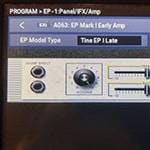The u-he TWANGSTROM is a unique spring reverb plugin. The word ‘spring’ literally means a coil, and it uses actual springs to create reverberation. Originally, spring reverb was developed with a focus on being compact, lightweight, and affordable, often at the expense of sound quality. Over time, it was replaced by higher-quality digital reverbs. However, spring reverb has a distinctive character that regular reverb cannot replicate. If utilized effectively, it can become a powerful tool.
First, listen to the atmosphere created by spring reverb. Starting with 100% dry sound, gradually increase the spring reverb depth until it reaches 100% wet. The result is a chaotic, metallic reverberation that is distinctly different from typical reverbs, offering a rich and unique sound.
History and Structure of Spring Reverb
Spring reverb was conceptualized around the 1930s when electric instruments began to be developed, becoming widely used after the 1950s. It was primarily used in guitar amps, organs, and synthesizers. At the time, reverb generally meant large, heavy plate reverbs or echo chambers, making spring reverb one of the few portable options. Although spring reverb was capable of producing reverberation, it was often regarded as a substitute. However, it seems to be regaining attention today for its unique and irreplaceable sound.
Guitar Amps
Some modern guitar amps still feature real spring reverb units. Inside the guitar cabinet, you can find the spring reverb unit as shown in the photo.
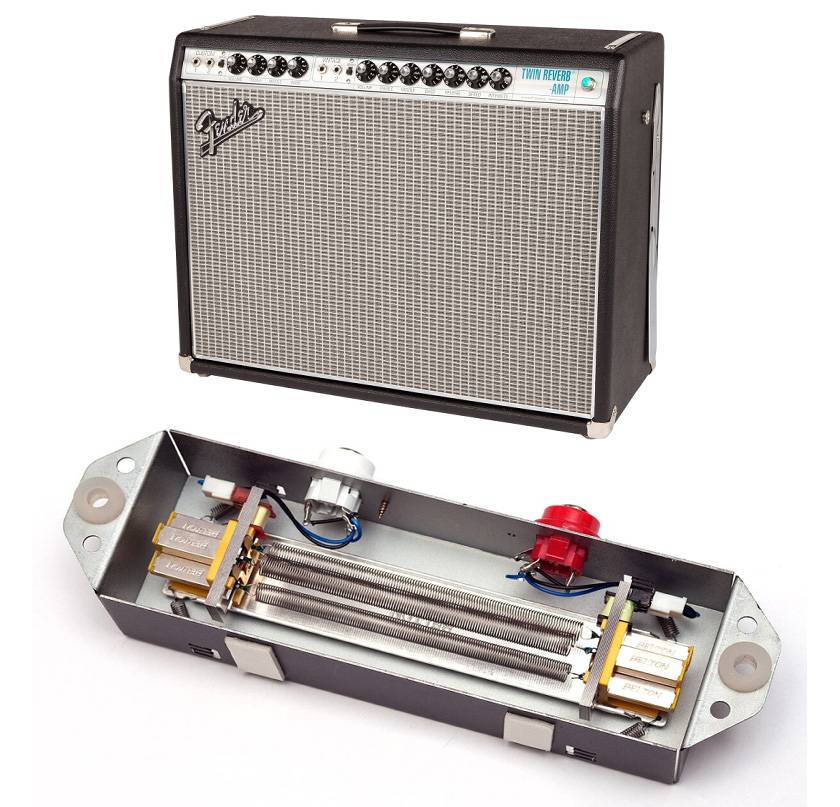
Spring Reverb CC BY-SA 4.0, Wikipedia
Let’s emulate the atmosphere. The distinctive plinking sound and specific frequency resonances reveal the presence of the springs. While it has many shortcomings as a reverberation device, it became an integral part of the sound in certain genres of electric guitar music.
Synthesizers and Hammond Organs
Spring reverb was also built into semi-modular synthesizers like the ARP 2600 and the Hammond C3 organ.
The u-he Bazille, inspired by the ARP 2600, included spring reverb emulation, which later evolved into the standalone TWANGSTROM.
In the 1970s, performers like Keith Emerson and Jon Lord used the Hammond C3 to create dramatic effects, causing the internal spring reverb to produce shock sounds by shaking the organ.
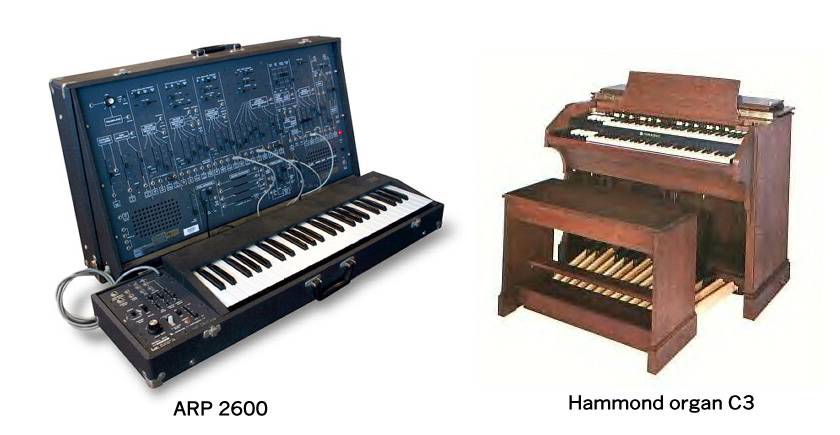
Arp2600bluemarvin CC BY 3.0, Wikipedia
Hammond c3 Public domain, Wikipedia
We can imitate this by adding vibrations to the spring reverb. The recurring explosive sounds result from forcibly vibrating the springs, creating more of a special effect than traditional reverb.
Structure of Spring Reverb
As the name suggests, several springs are stretched inside. An audio signal is converted into a magnetic force that vibrates the springs, much like the principle of a dynamic speaker, but with the cone replaced by springs. The vibrating springs are then reconverted into an electrical signal and mixed with the original sound. This mechanism means that manually vibrating the springs will produce sound. Shaking or striking the springs directly translates to sound, offering a character distinct from natural reverb.

TWANGSTROM’s Physical Modeling
Most reverb algorithms are based on delay extensions or convolution using impulse responses, each with pros and cons. Delay-based reverbs are light on CPU but often lack realism, while convolution reverbs offer authenticity but require heavy computation and are less dynamic.
In this context, TWANGSTROM stands out as a unique reverb by employing physical modeling. Physical modeling is a technique that constructs mathematical models of the physical phenomena that produce sound. By calculating factors such as the length, thickness, tension, and combination of springs, it generates sound in real-time through induced vibrations. With physical modeling, conditions rarely remain consistent, resulting in constantly evolving and dynamic sound behavior, which closely mimics real-world actions and is particularly effective for complex sound behaviors. The downside is the increased computational load, necessitating the development of a highly accurate model. Without a solid model, achieving realism is challenging. TWANGSTROM’s core programming is handled by Sascha Eversmeier, known for his work on Repro, Satin, Presswerk, Colour Copy, and more, showcasing his expertise in both physical modeling and analog technology.
TWANGSTROM leverages physical modeling to not only process audio signals but also to generate sound by imposing physical vibrations. This is automated within the plugin, ensuring that each shock behaves differently due to accumulated subtle differences, showcasing the strength of physical modeling in delivering real-time sound variations.
User-Friendly Yet Deep Parameters
TWANGSTROM features a seemingly approachable UI, but true to u-he’s style, understanding the behavior of each parameter requires a fair amount of knowledge and analysis. Below is an example of the spring types and their arrangement, which is highly visual and allows you to observe the actual vibrations. Leveraging physical modeling, manipulating parameters in real-time can be highly effective.

The Charm of Spring Reverb
Traditional reverbs generally aim to replicate natural spatial ambiance. However, spring reverb thrives when used to actively shape and manipulate sound, bringing out its intense character. Here’s an example of using spring reverb to color piano and drums distinctively:
Piano: Eerie Metallic Atmosphere
The strong coloration of spring reverb becomes an integral part of the tone. While it mimics a piano sound, the spring reverb emphasizes a heavy, metallic resonance. There’s no naturalness here—it’s akin to a heavily stylized, exaggerated sound.
Drums: Over-the-Top Effect
While it ignores spatial representation or natural drum sound, spring reverb excels at delivering powerful coloration.
I plan to provide a detailed explanation of TWANGSTROM on my personal website.
The column “sound & person” is made possible by your contributions.
For more information about submissions, click here.





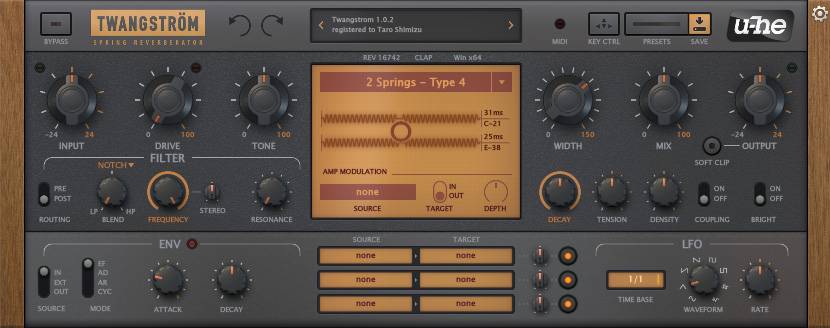

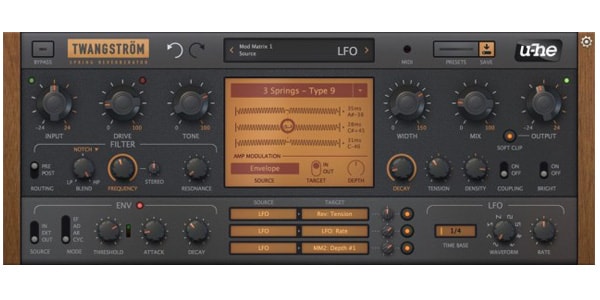
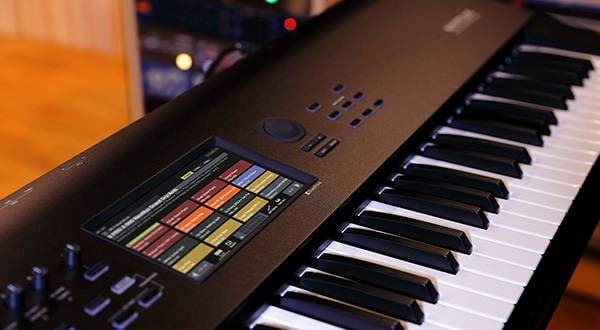
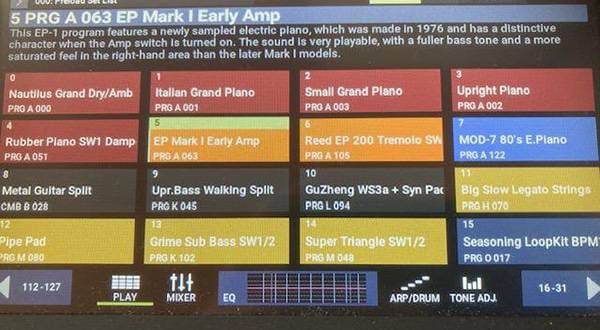

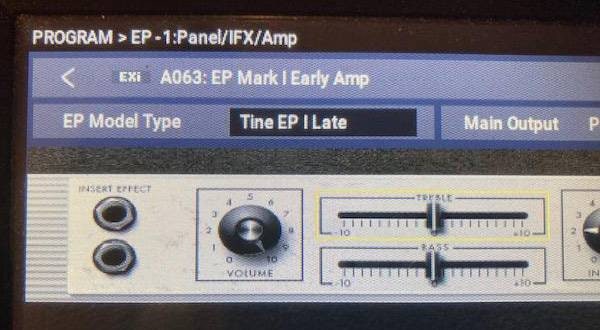

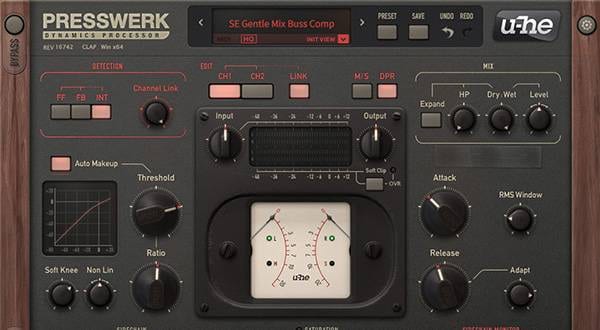
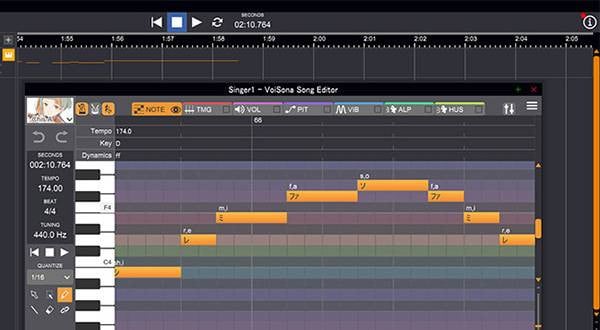
![[2025 Latest Version] 8 Recommended Reverb Effects Pedals!](/contents/uploads/thumbs/2/2023/8/20230801_2_23473_1.jpg)

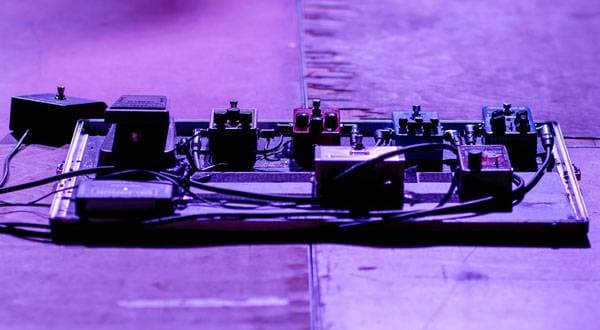
![[2023] Recommended Items for Music Programming - DAW/Software Instruments/Plug-ins](/contents/uploads/thumbs/2/2020/11/20201102_2_11495_1.jpg)
 厳選!人気のおすすめオーディオインターフェイス特集
厳選!人気のおすすめオーディオインターフェイス特集
 DTMセール情報まとめ
DTMセール情報まとめ
 機能で選ぶ オーディオインターフェイス
機能で選ぶ オーディオインターフェイス
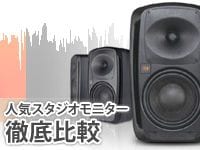 人気スタジオモニター徹底比較
人気スタジオモニター徹底比較
 停電時にパソコン、作曲データを守る!!
停電時にパソコン、作曲データを守る!!
 DTM・DAW購入ガイド
DTM・DAW購入ガイド
